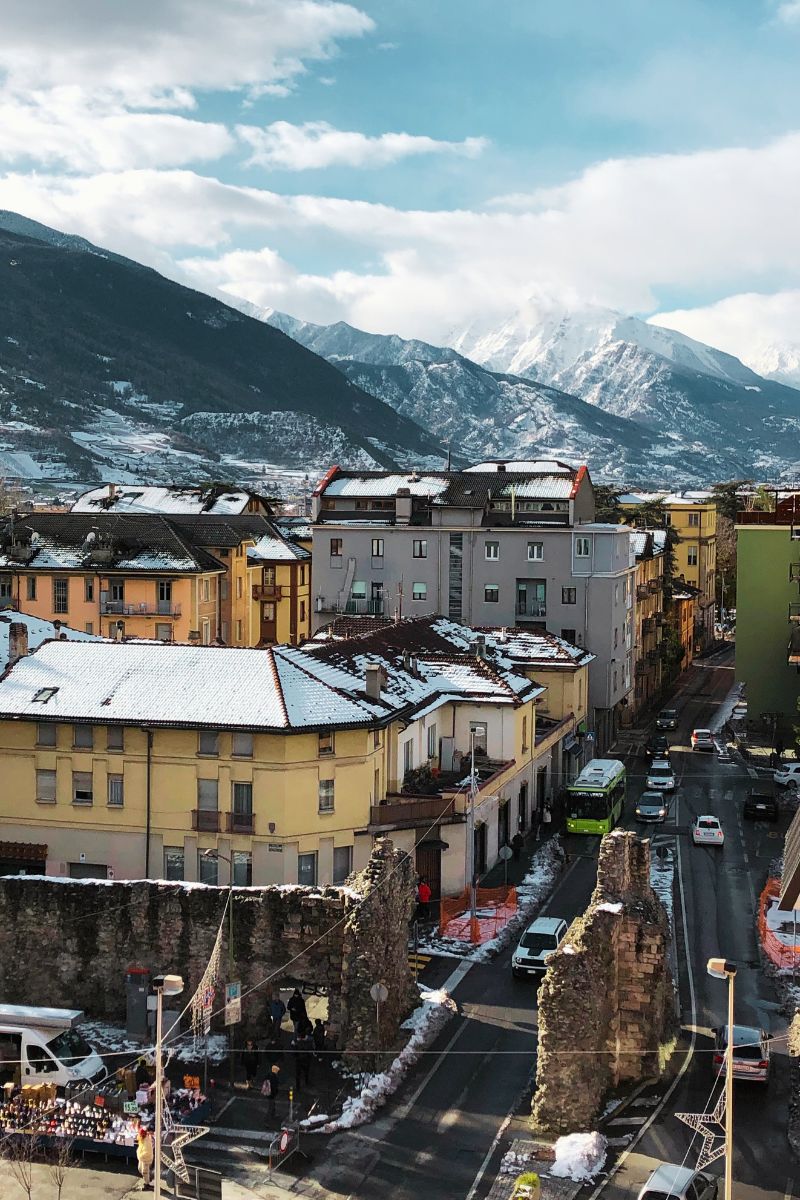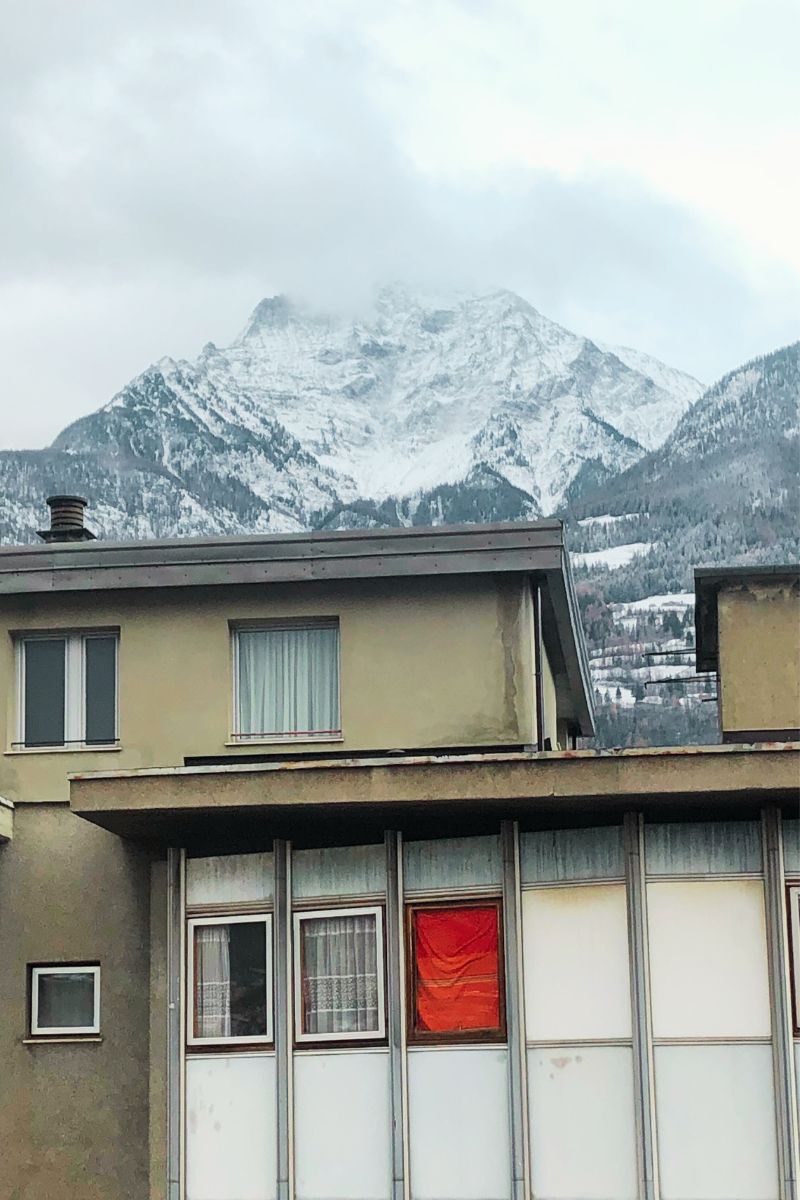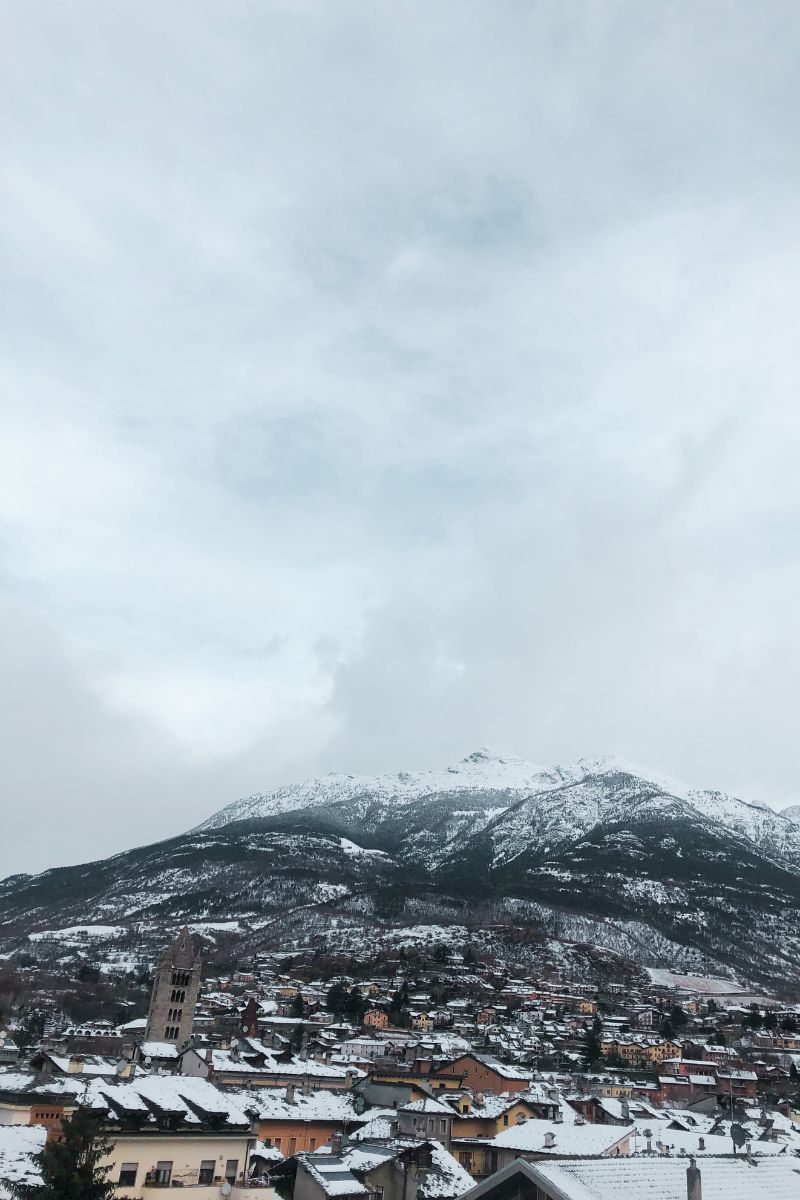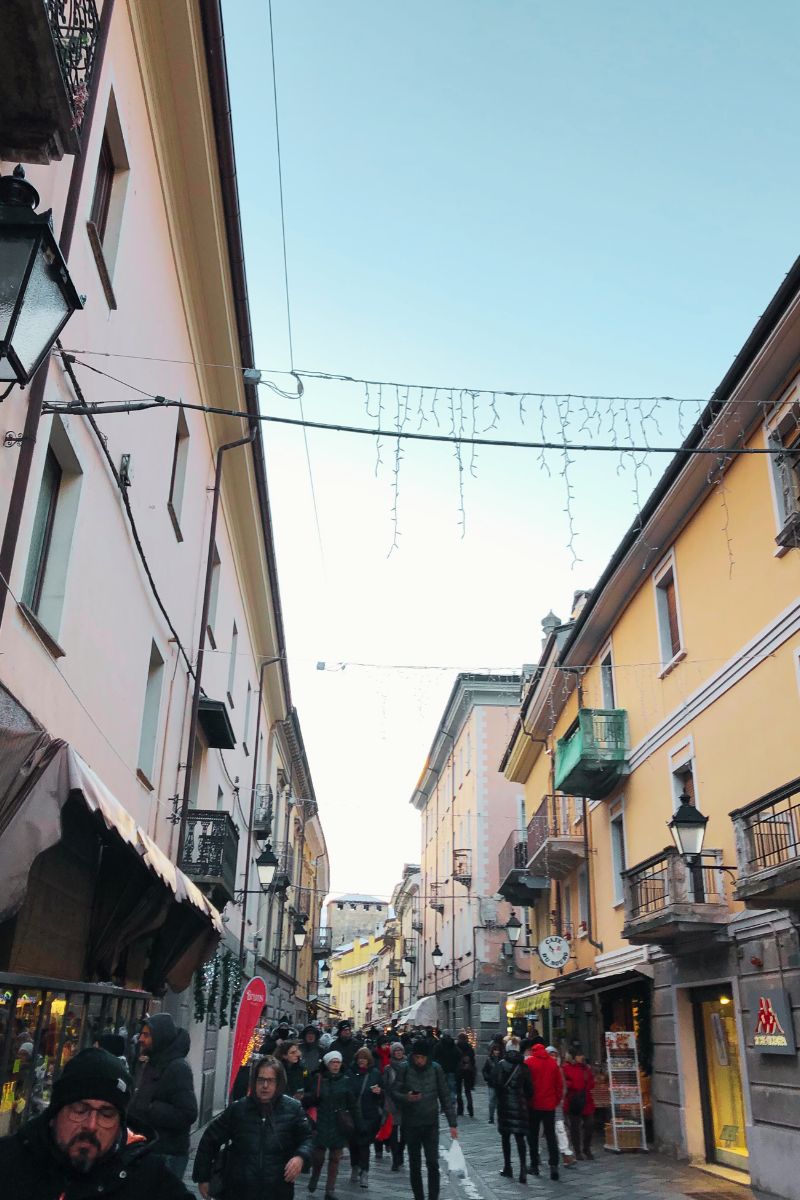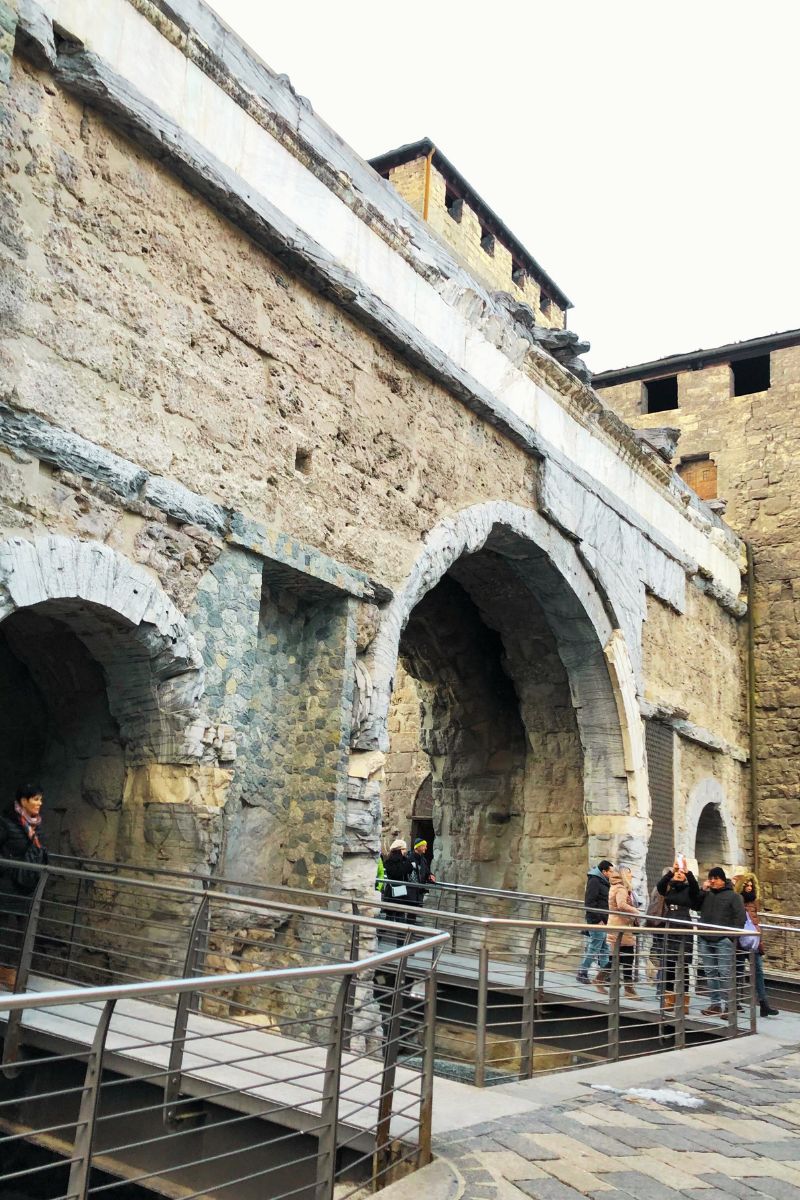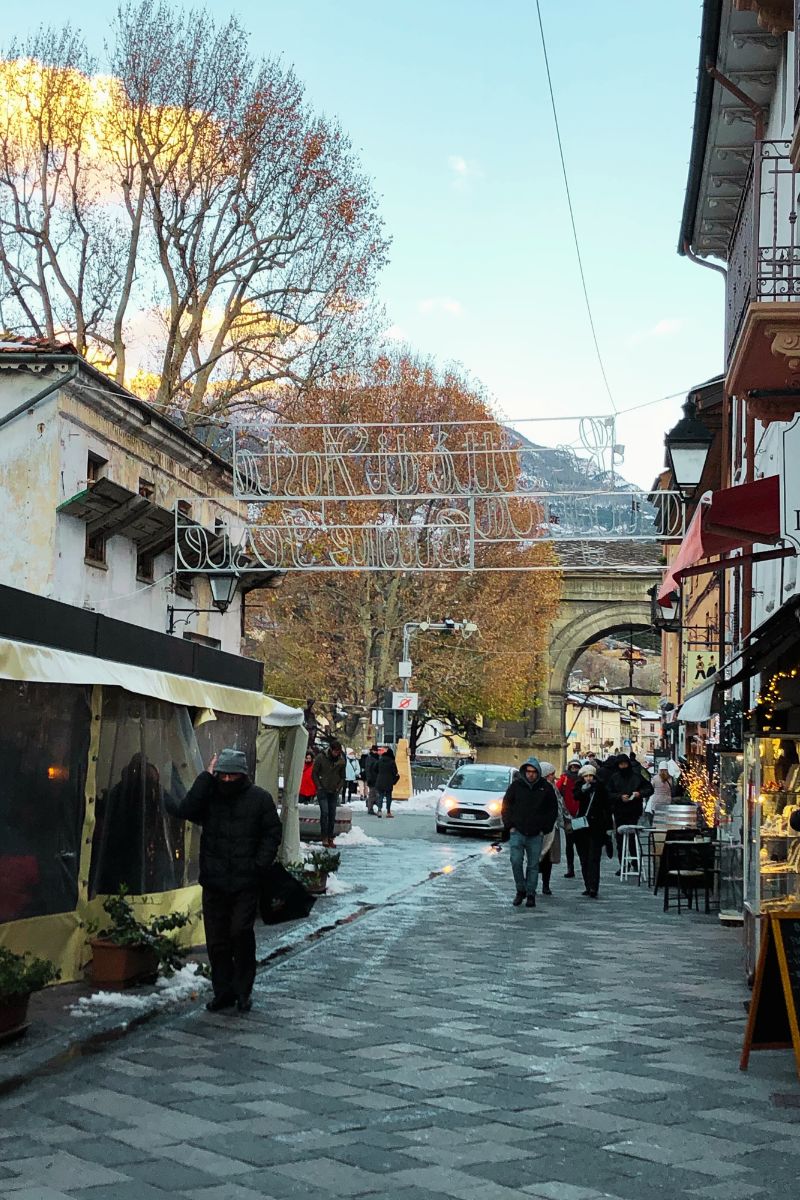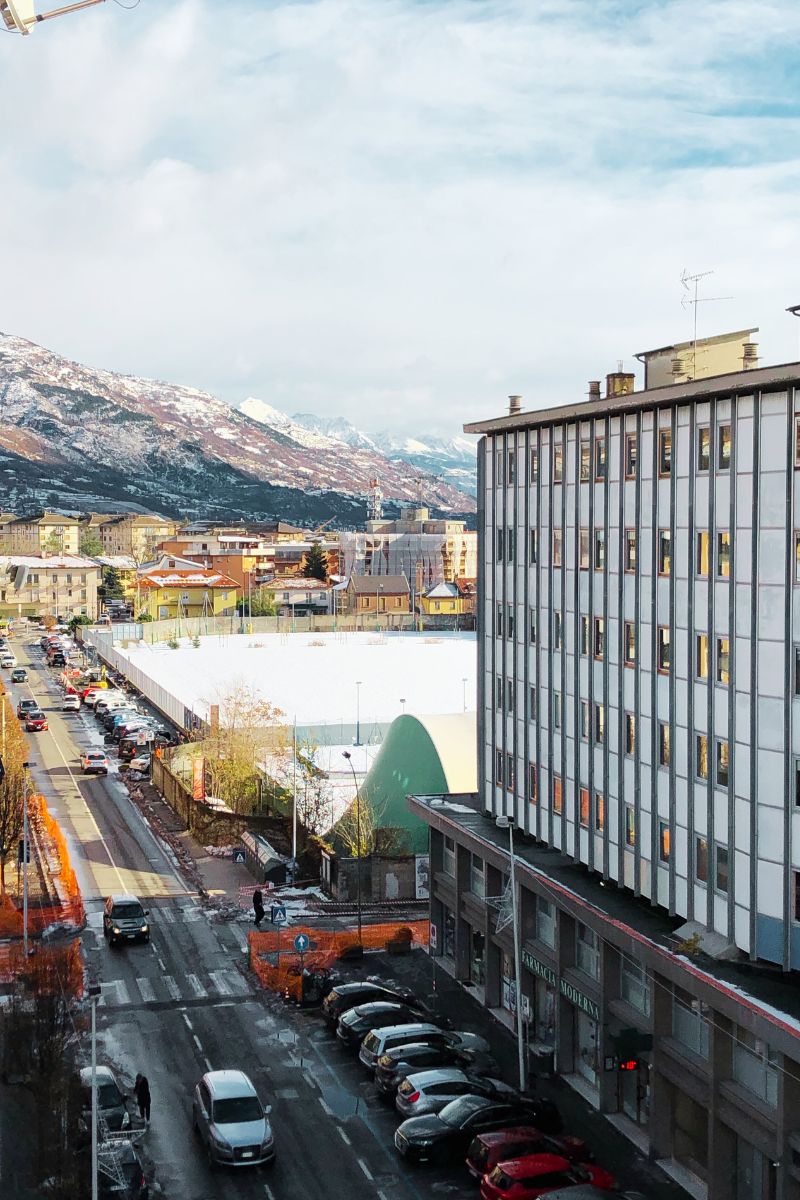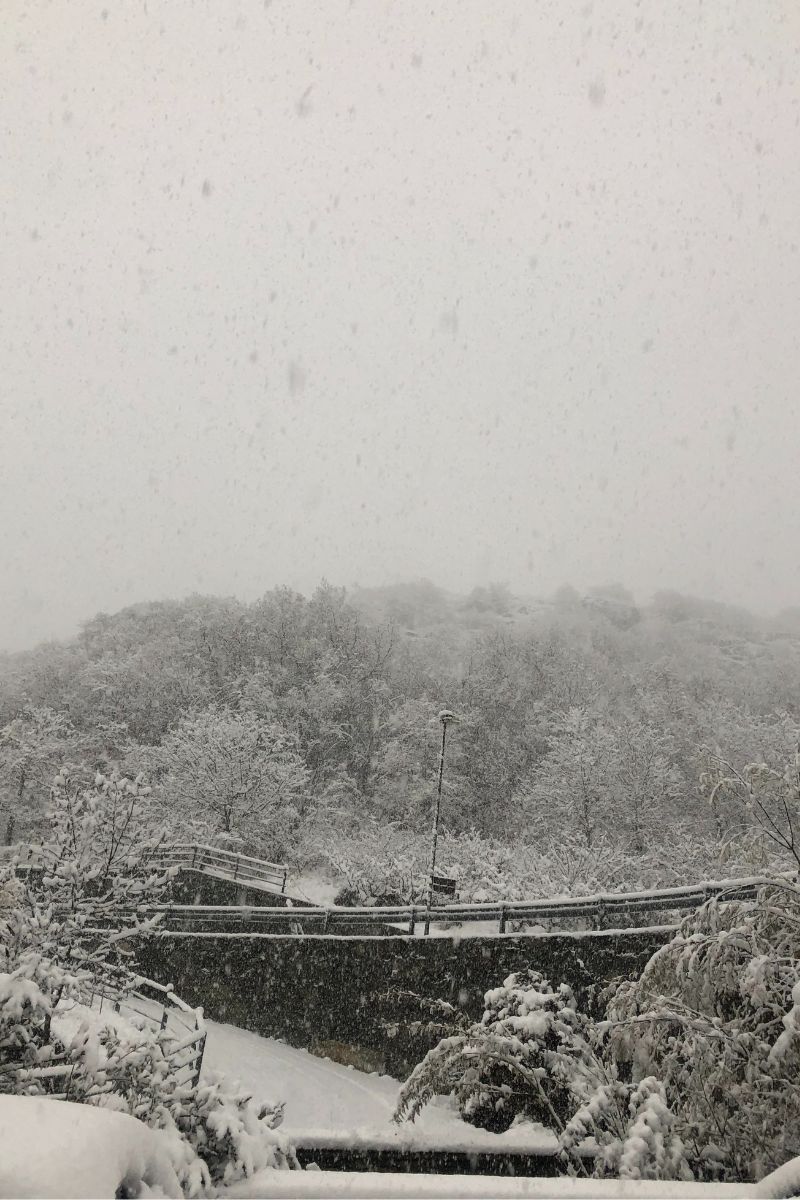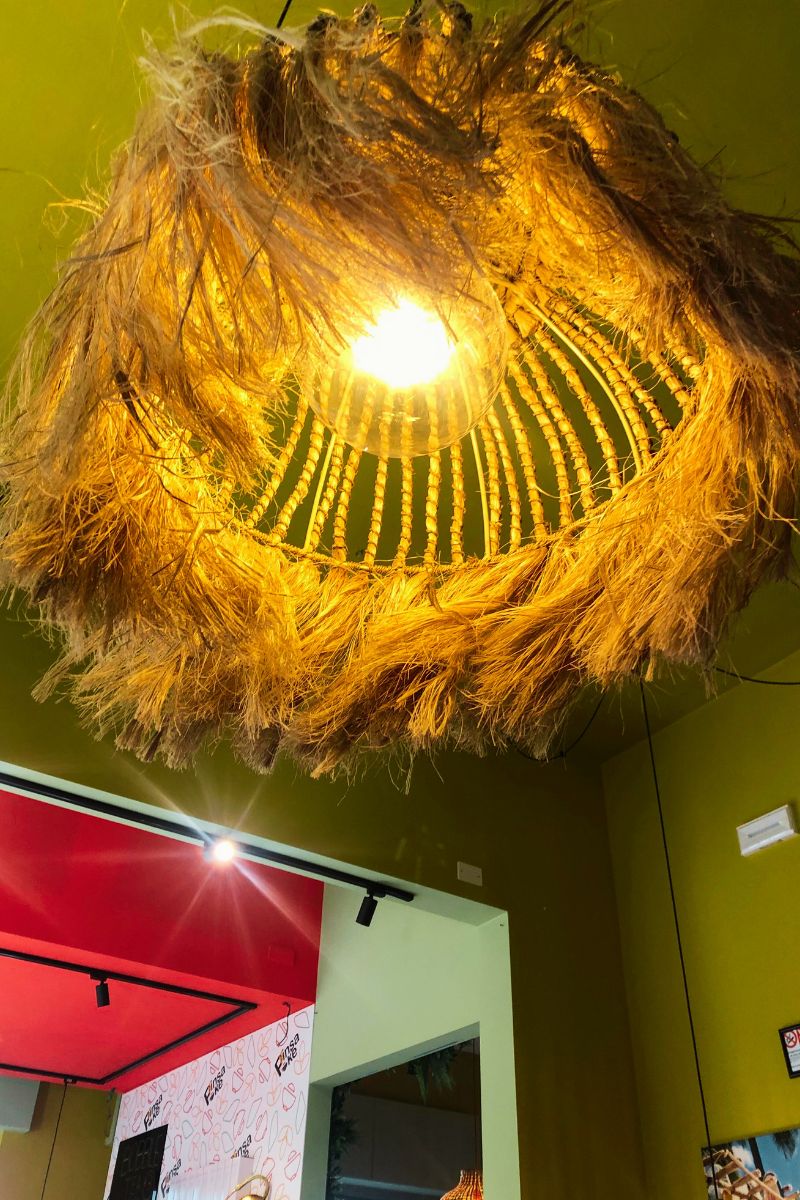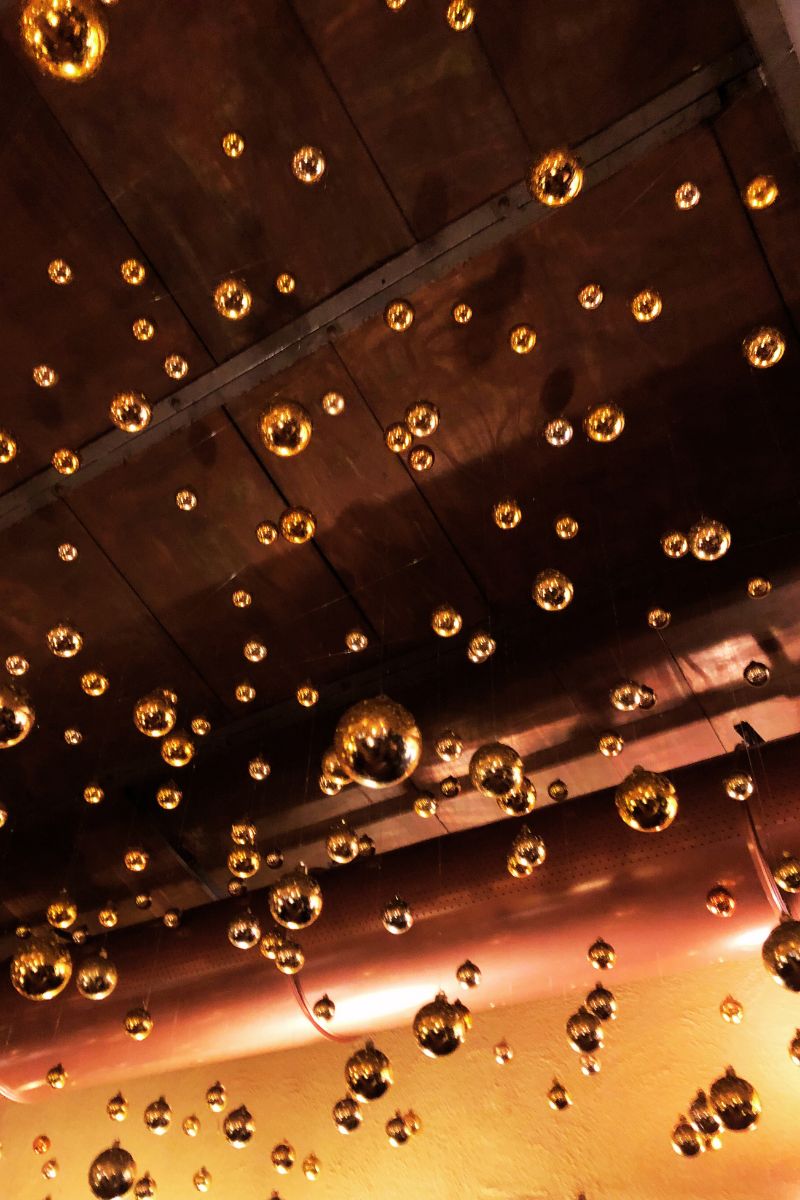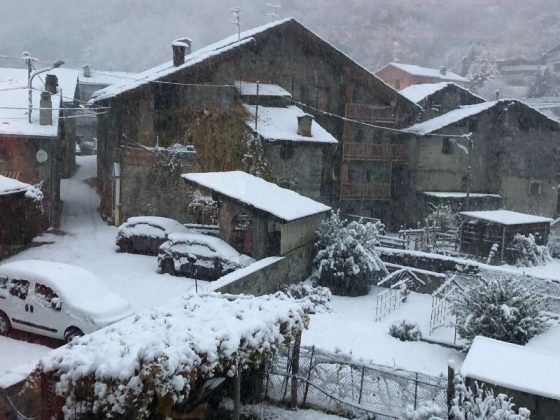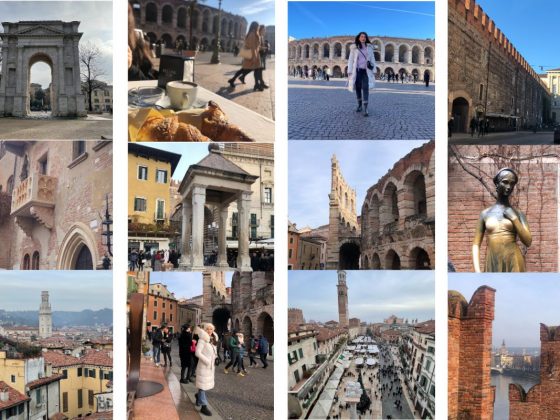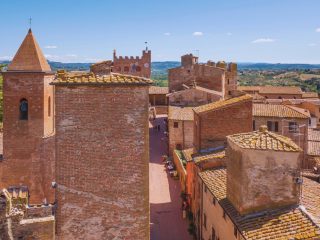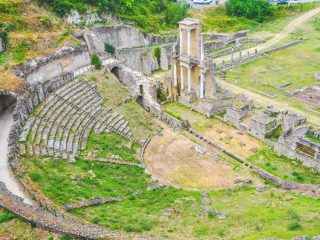I recently had the opportunity to visit Aosta and was impressed by its vibrant mix of history, nature and modernity. But what makes Aosta such a special destination for you travellers in search of snowy experiences?
First, let me tell you about the main attractions. You can’t miss the Roman Theatre and the Cripta Sant’Orso, places where the past meets the present in a way that will make you feel part of living history. And how about a trip to the Arch of Augustus, a monument to ancient times?
Aosta is the gateway to some of the most beautiful ski slopes in the Alps, such as Pila and Courmayeur, quickly accessible for winter sports enthusiasts.
History of Aosta
Aosta, a city full of history and culture, is a special tourist destination that takes you back in time. This town, nestled in the heart of the Alps, is a fascinating amalgam of ancient architecture and natural landscapes of ravishing beauty.
Founded by the Romans, Aosta still retains the glorious traces of its past. Its cobbled streets and ancient buildings take you on a journey through history. Every street and building has a story to tell, every stone is a testimony to the past. The city boasts an extraordinary preservation of its heritage, offering visitors a unique, authentic and educational experience.
Founded in 25 BC by Emperor Augustus, Aosta was an important centre of the Roman Empire.
Over the centuries, Aosta has undergone many transformations. Each historical period has left its mark on the city’s architecture and culture. From the barbarian invasions to the Renaissance and up to the present day, Aosta has been able to preserve its unique identity, evolving and adapting to new times.
Aosta tourist guide: Architecture and Historical Monuments
Aosta’s architecture is a fascinating mix of styles, from Romanesque to Gothic and Baroque. Every building and monument has a story to tell, and this historic town is a real treasure trove for lovers of history and architecture. If you’re wondering what to visit in Aosta, here’s a list of the town’s main sights:
- The Triumphal Arch, a Roman monument built in the 1st century AD to celebrate Augustus’ victory over the Salassites, a local tribe.
- The Roman Amphitheatre, another well-preserved Roman monument. The amphitheatre was used for gladiator fights and other public events.
- The Roman Theatre, a Roman theatre built in the 1st century AD. The theatre was used for theatre, music and dance performances.
- Cathedral of San Giovanni Battista, a Romanesque cathedral built in the 11th century. The cathedral is a masterpiece of Romanesque architecture and houses a number of valuable works of art.
- The Via Francigena, a pilgrimage route leading from Canterbury, England, to Rome. Aosta is one of the most important stops along the route.
In addition to historical attractions, Aosta offers a number of other attractions for tourists. The town has a vibrant cultural scene, with museums, art galleries and theatres. Aosta is also an important commercial centre, with plenty of shops and restaurants.
Tips for Visiting Aosta
The best time to visit Aosta is in summer, when the weather is warm and sunny, but Aosta is also impressive in winter, covered in snow. Aosta is a relatively small town, so you can easily explore it on foot. If you’re interested in history, be sure to visit the Arc de Triomphe, the Roman Amphitheatre and the Roman Theatre. If you’re interested in art, visit the Cathedral of San Giovanni Battista and the Regional Museum of Art and Archaeology.
Aosta Valley Winter: Ski Paradise in the Heart of the Alps
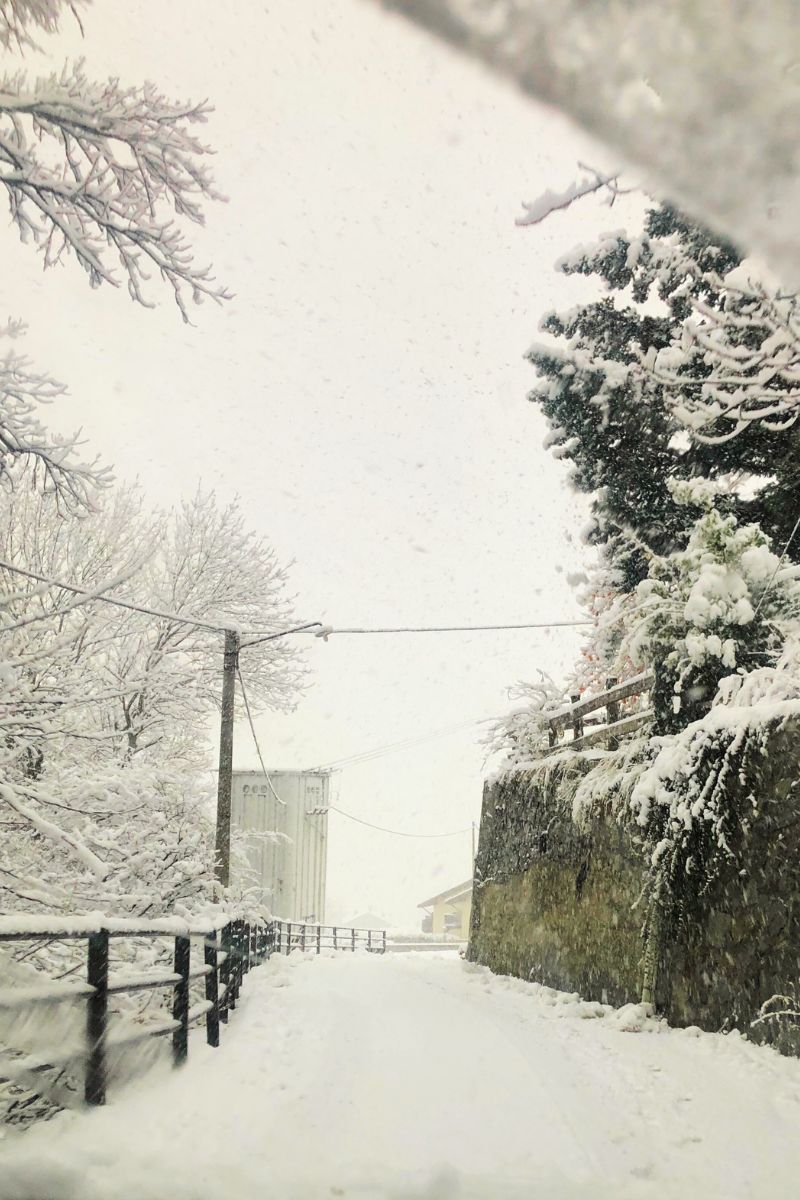
For those who live in Lombardy or neighbouring regions and are looking for a weekend getaway or even a day trip, Aosta presents itself as an excellent choice. Easy to reach, full of diverse activities and breathtaking scenery, the town offers the opportunity to create precious memories in a short time.
Recommended Ski Slopes in Aosta
- Pila: Located just a few minutes from the town of Aosta, it offers extensive slopes ideal for intermediate and advanced skiers. With spectacular views of Mont Blanc, it is the perfect place to enjoy skiing and mountain scenery.
- Cervinia: On the Swiss border, Cervinia is famous for its long slopes and access to Zermatt. Ideal for skiers who want to experience international challenges.
- Courmayeur: Located at the foot of Mont Blanc, Courmayeur is a great choice for skiers looking for a world-class skiing experience. Varied slopes and modern facilities make Courmayeur a favourite for many.
- La Thuile: With slopes stretching all the way to France, La Thuile is perfect for those who want to explore various trails while enjoying a less crowded area.
Local Culture and Traditions
Aosta, a city steeped in history and tradition, proudly presents its unique cultural heritage. At the crossroads of Italy and France, Aosta has developed a fascinating mix of cultural influences, which is reflected in its customs, gastronomy and festivals.
Every year, the streets of the town fill with colour and life during the Sant’Orso Festival, an event that dates back to the Middle Ages and celebrates local crafts and art. Here, visitors can admire and buy traditional handicrafts, from wood carvings to fine fabrics. Music and dancing
Restaurants in Aosta: Local Gastronomy
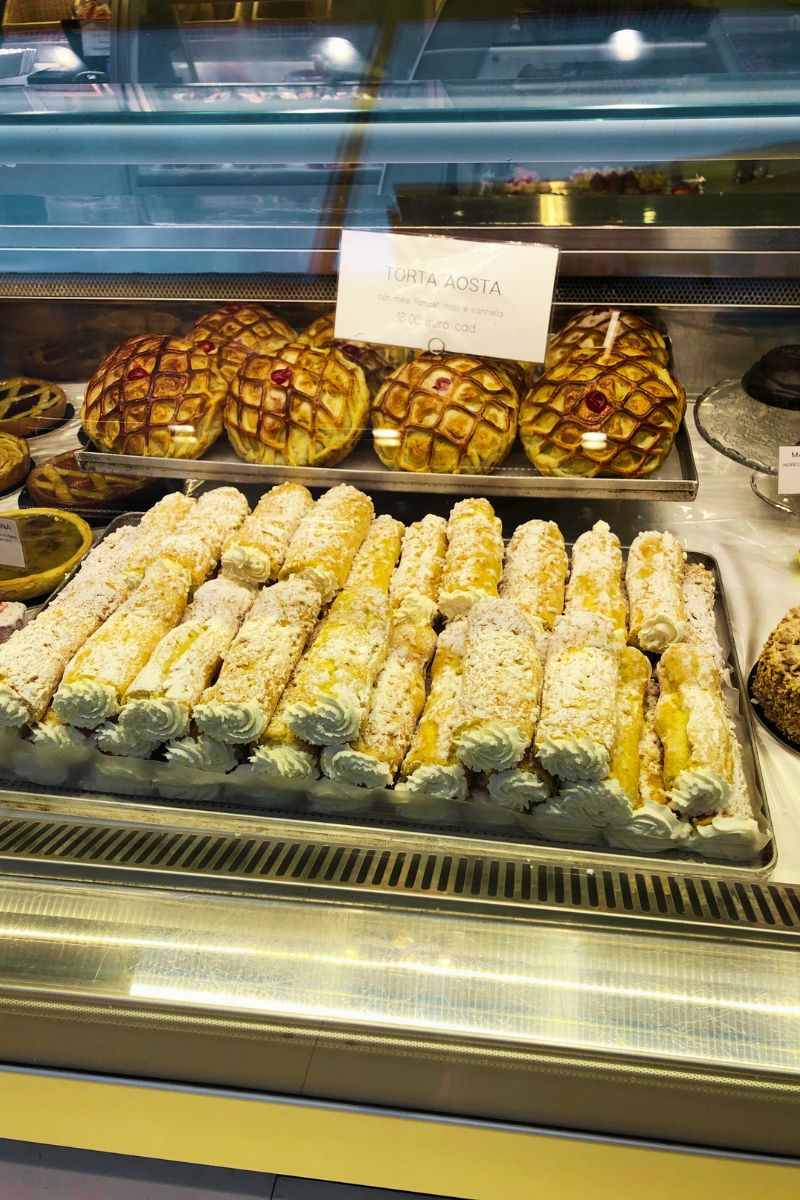
In addition, Catholic traditions are deeply rooted in the community, with religious celebrations and processions marking important moments in the liturgical calendar. Thus, local culture and traditions in Aosta represent a living mosaic, harmoniously blending the past with the present, inviting travellers to experience the authenticity and warmth of its community.
In Aosta, you’ll find a variety of restaurants offering a unique dining experience, combining local tradition with contemporary tastes. Here are a few restaurants where you can savour local dishes:
- Bistrot Central: An Italian option with a wide range of dishes, suitable for those looking for a classic Italian dining experience.
- Panza Chijna Restaurant: Offering seafood, Mediterranean and Italian dishes, this is a great choice for those looking for a sophisticated dining experience.
- Pam Pam Trattoria degli Artisti: This popular Aosta restaurant specializes in local produce and offers an ever-changing menu inspired by seasonal ingredients. It’s ideal for those who want to try traditional Aosta Valley dishes such as fondue.
- Osteria dell’Oca: A picturesque stone-walled restaurant serving delicious Aosta Valley dishes at reasonable prices. Located in the heart of the town, it offers an excellent opportunity to sample regional dishes.
- L’Osteria: Located on Aosta’s main artery, it serves hearty Aosta dishes such as wild boar with rosemary over polenta and creamy fondue.
How to get to Aosta from Milan?
FAQ Aosta
- How do I get from Milan to Aosta? You can travel by train, changing at Chivasso or Ivrea, or directly by car, following the A4 motorway and then the A5.
- Which ski slopes do you recommend near Aosta? Pila and Courmayeur are the most popular, but don’t neglect La Thuile or Cervinia either for the full experience.
- Are there tourist attractions open in winter? Yes, most of the historical monuments and museums are also open during the winter season.
- What other activities can you do in Aosta besides skiing? You can visit the thermal baths, go hiking on the trails or simply enjoy the local gastronomy.
- Is Aosta suitable for romantic trips? Absolutely, the town has a special charm, perfect for couples looking for intimacy and dreamy landscapes.


